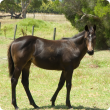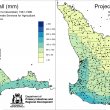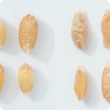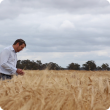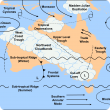Filter by regions:
- (-) Remove Great Southern filter Great Southern
- South West (263) Apply South West filter
- Mid West (246) Apply Mid West filter
- Peel (234) Apply Peel filter
- Wheatbelt (226) Apply Wheatbelt filter
- Perth regions (212) Apply Perth regions filter
- Goldfields-Esperance (200) Apply Goldfields-Esperance filter
- Gascoyne (174) Apply Gascoyne filter
- Kimberley (139) Apply Kimberley filter
- Pilbara (134) Apply Pilbara filter



